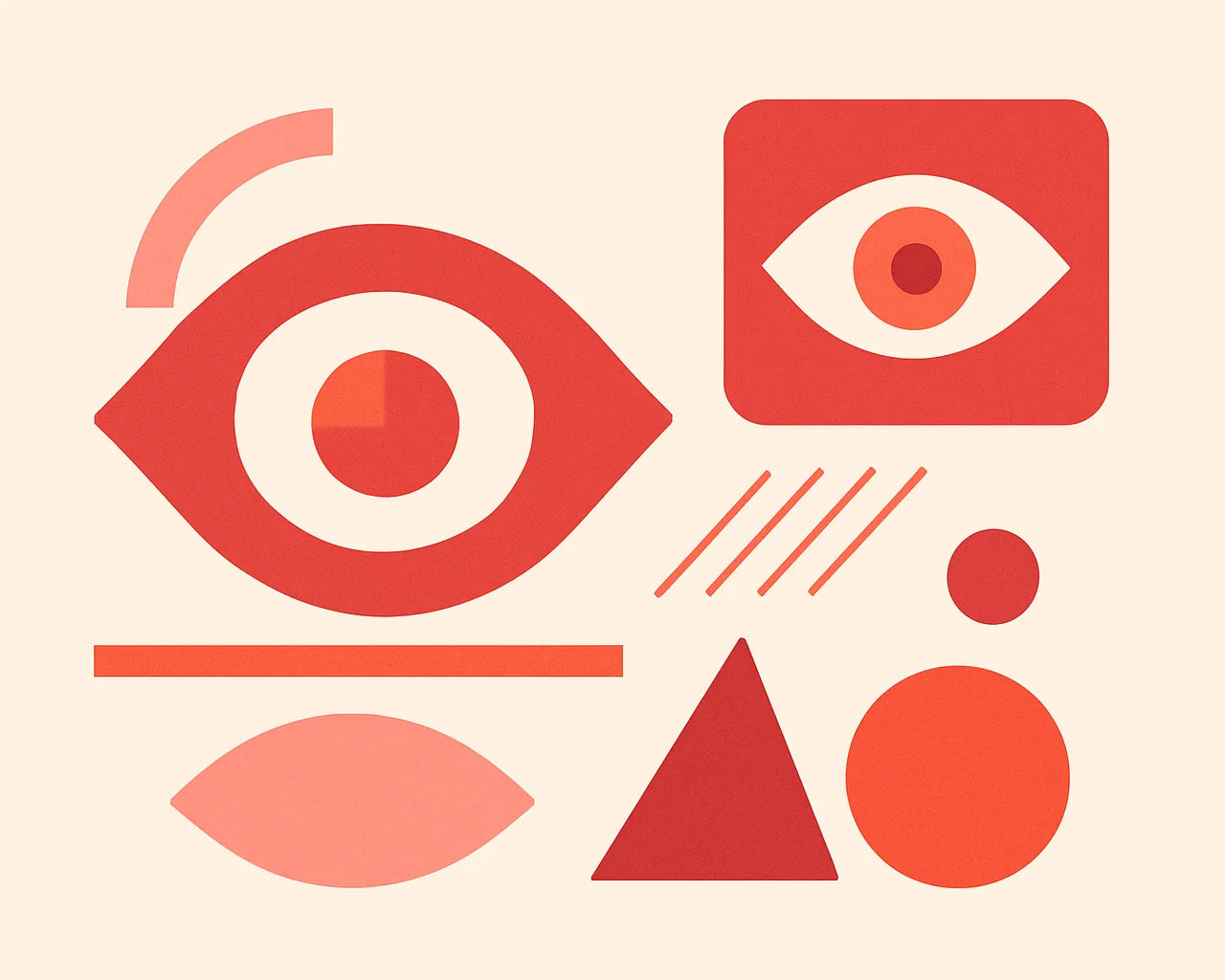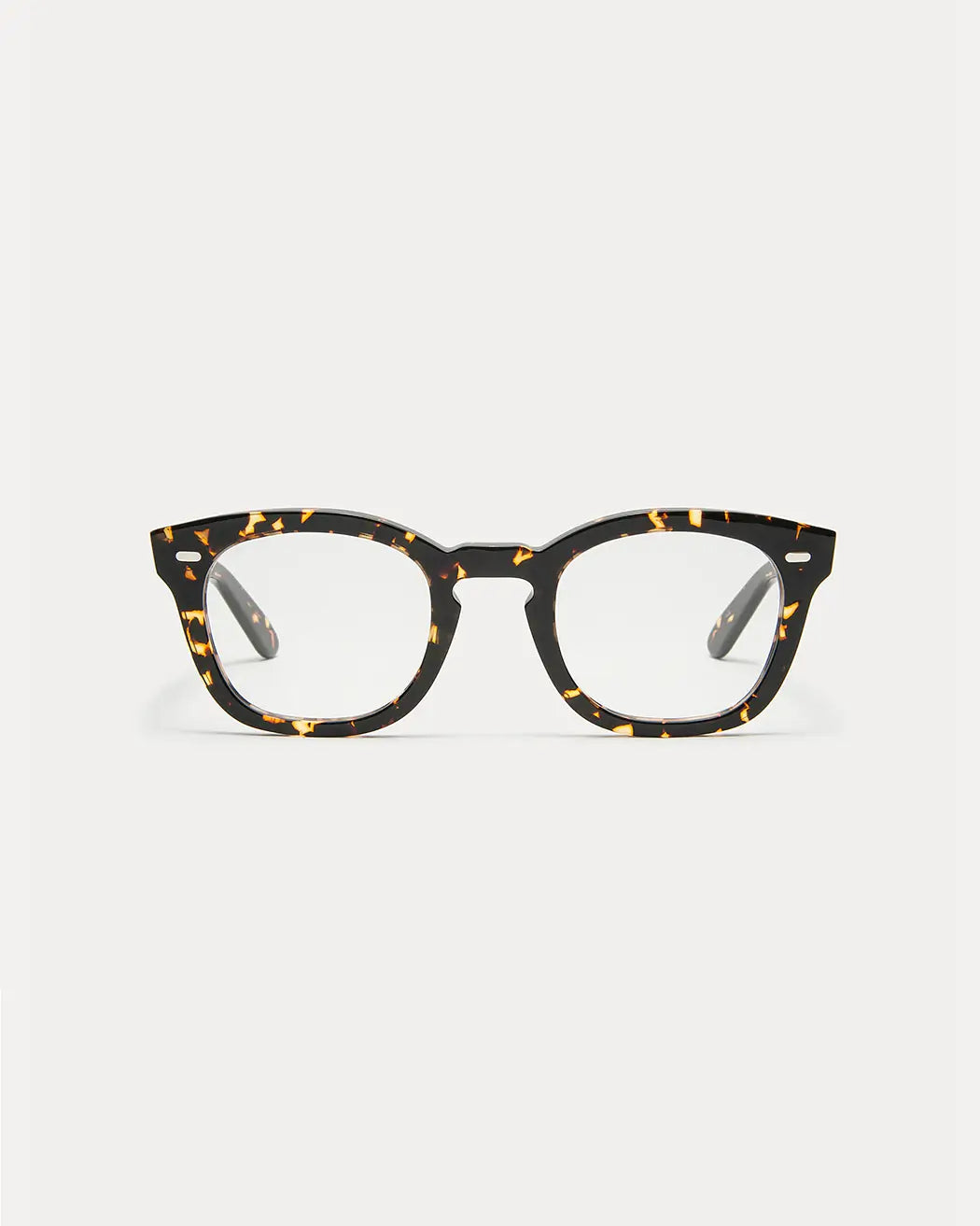Dry Eyes

Dry eyes, or dry eye disease, is a prevalent condition characterized by inadequate moisture and lubrication on the surface of the eyes. This can lead to discomfort, visual disturbances, and, if left untreated, potentially damage the eye's surface.
Causes of Dry Eyes
Dry eyes can result from a variety of factors, including:
Age:
The incidence of dry eyes increases with age, especially among postmenopausal women due to hormonal changes.
Environmental Conditions:
Exposure to dry air, dust, smoke, or wind can exacerbate symptoms.
Screen Use:
Prolonged use of computers, tablets, and phones leads to reduced blinking rates, which can decrease tear production.
Medications:
Certain medications, including antihistamines, decongestants, and some blood pressure drugs, can contribute to dry eyes.
Medical Conditions:
Conditions such as auto-immune disorders, rheumatoid arthritis, diabetes, and thyroid problems can increase the risk of dry eyes.
Eyelid Problems:
Incomplete closure of the eyelids during sleep or blinking can lead to dry eyes.
Dry Eyes Signs and Symptoms
Symptoms of dry eyes can range from mild to severe and include:
- A stinging, burning, or scratchy sensation in the eyes
- Blurry or fluctuating vision
- Sensitivity to light
- Redness of the eyes
- A feeling of having something in your eyes
- Difficulty wearing contact lenses
- Watery eyes, which is the body's response to the irritation of dry eyes
Managing Dry Eyes
Managing dry eyes involves a combination of lifestyle changes, over-the-counter remedies, and, in some cases, prescription treatments or procedures.
Lubricate the Eyes:
Artificial tears or eye drops are a primary treatment for dry eyes. They provide temporary relief by adding moisture to the eye's surface.
Increase Humidity:
Using a humidifier in your home or office can help add moisture to the air, reducing the dryness of your eyes.
Take Screen Breaks:
Follow the 20-20-20 rule when using digital devices; every 20 minutes, look at something 20 feet away for at least 20 seconds to reduce eye strain and encourage blinking.
Wear Protective Eyewear:
Sunglasses or protective glasses can shield your eyes from wind and dry air, especially in harsh weather conditions or when riding a bike. Omega-3 Fatty Acid
Supplements:
Consuming omega-3 supplements or including omega-3 rich foods in your diet can improve the eye's oil film produced by the meibomian glands, enhancing eye moisture.
Prescription Medications:
Certain prescription medications such as Restasis can help reduce inflammation and improve the overall comfort and quality of your eyes.
Punctal Plugs:
For aqueous deficient dry eyes, a doctor may recommend punctal plugs to block tear ducts, preventing tear drainage and keeping the eyes moist.
Single Use Contact Lenses:
Older contact lenses such as monthly lenses cause more severe inflammation and dry eyes than newer single use and daily contact lenses.
Regular Eye Exams:
Consulting with your optometrist for personalized advice and treatment plans is crucial for managing dry eyes effectively.
Dry eye disease affect millions of people worldwide, impacting their quality of life and visual health. If you're experiencing persistent symptoms of dry eyes, it's essential to seek professional medical advice with your optometrist to explore the best treatment options tailored to your needs.


